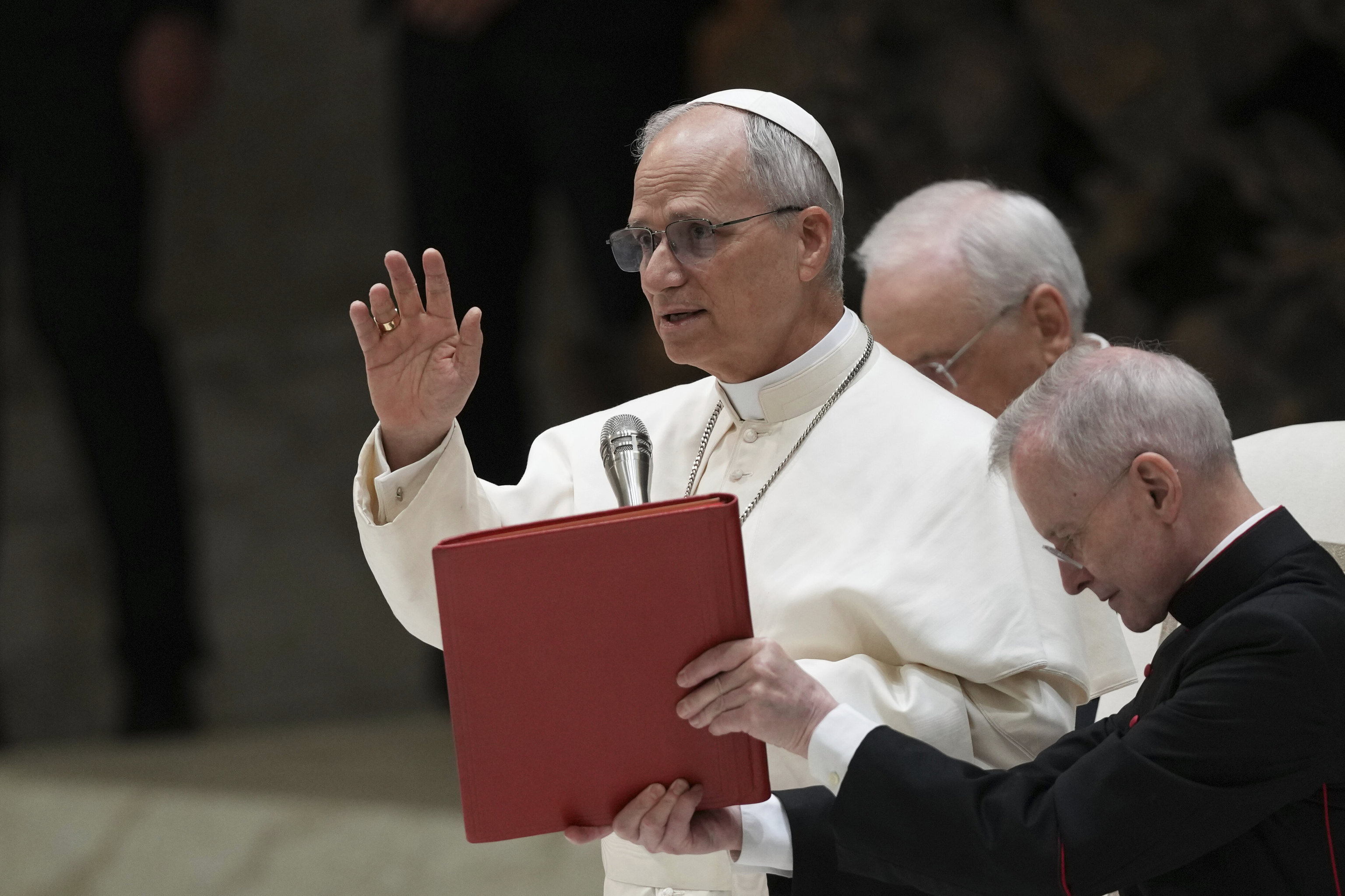Leo XIVinstructed on Sunday to remove the seals placed on the papal apartment at the Apostolic Palace, the first indication that he might use the spacious eleven-room residence that was renounced by Francis, who chose to live "simply and in community" with other priests at the Casa Santa Marta, where he occupied a modest 70-square-meter "suite" for twelve years.
Half of the papal apartment on the third floor is occupied by a chapel. The residence also includes a library, a large dining room, a reception hall, and a private study, with windows overlooking St. Peter's Square where the Pope traditionally prays the Angelus.
The Apostolic Palace has traditionally been the second most symbolic building in the Vatican, after St. Peter's Basilica. Among its more than a thousand rooms is the Sistine Chapel with Michelangelo's frescoes, where the recent conclave took place.
Leo XIV currently resides in one of the apartments designated for cardinals in the Holy Office building, where he has lived for the past two years as the prefect of the Congregation for Bishops. His move will likely be completed once the renovations of the Apostolic Palace are finished.
The Pope will also have access to a small reflection garden and will be close to the tennis court built next to the wall erected in 1848 by Leo IV to protect Rome from invasions. The 69-year-old pontiff has been a tennis enthusiast since his youth and also has a fondness for horseback riding.
It is unknown if this summer he will also reopen the Popes' summer residence in Castel Gandolfo, which Francis also chose not to use and turned into a museum. Castel Gandolfo features a swimming pool built by John Paul II, an avid athlete, and an organic farm with cows, chickens, and beehives established by Benedict XVI.
